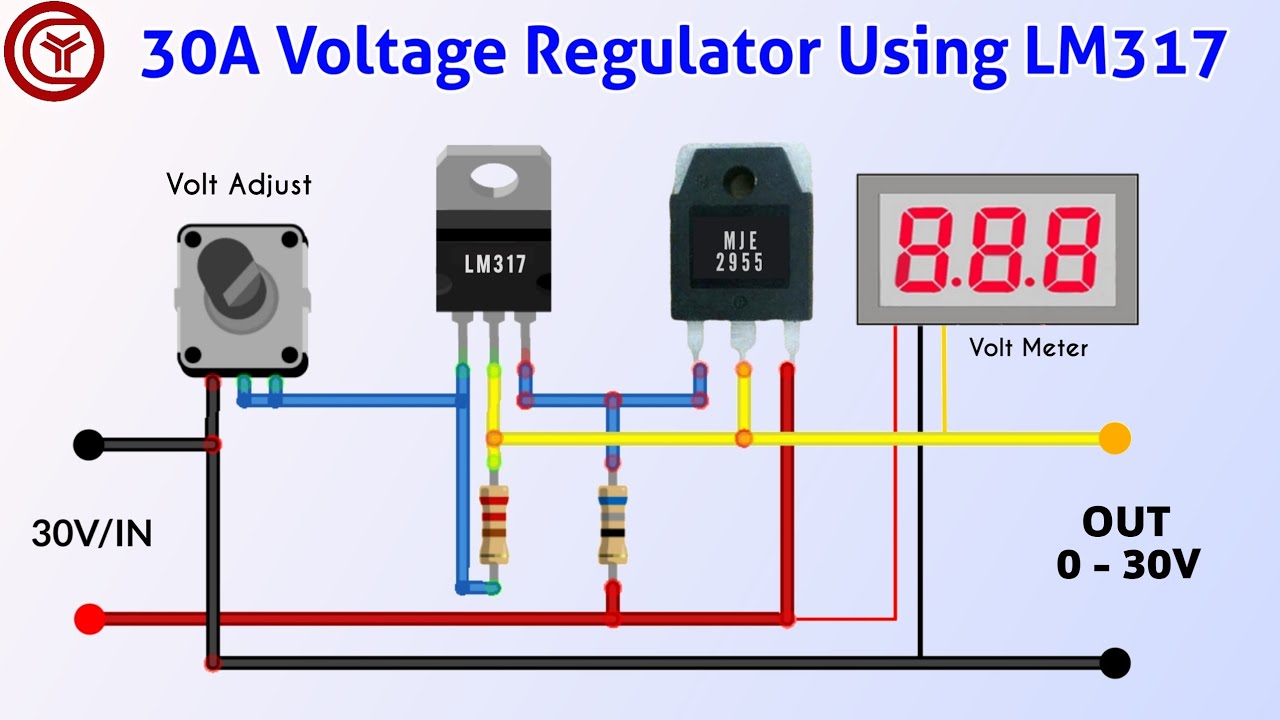
How to Use an LM317 Voltage Regulator
When it comes to regulating voltage in electronic projects, the LM317 voltage regulator is a versatile and reliable option. Whether you’re a beginner or an experienced electronics enthusiast, mastering the LM317 can help you create stable and precise power supplies for your circuits.
In this guide, we’ll walk you through the basics of using an LM317 voltage regulator and provide you with tips and tricks for getting the most out of this essential component.
What is an LM317 Voltage Regulator?
The LM317 is a three-terminal adjustable voltage regulator that allows you to set the output voltage to a specific value within a certain range. With its ability to provide both positive and negative output voltages, the LM317 is highly versatile and can be used in a wide variety of applications.
One of the standout features of the LM317 is its built-in current limiting and thermal overload protection, which help to ensure the safety and longevity of your circuits.
How to Use the LM317 Voltage Regulator
Using an LM317 voltage regulator is relatively straightforward, but it’s essential to follow a few key steps to ensure proper functionality. Here’s a simple guide to help you get started:
1. Determine the Output Voltage
Before connecting the LM317 to your circuit, you’ll need to determine the desired output voltage. This can be done by adjusting the voltage setting resistor values according to the LM317 datasheet.
2. Connect the Input and Output Pins
Next, connect the input pin (Vin) of the LM317 to the positive terminal of your power supply and the output pin (Vout) to your circuit. Make sure to connect the ground pin (GND) to the common ground of your circuit.
3. Add Capacitors for Stability
To improve stability and filtering, it’s recommended to add input and output capacitors to the LM317 circuit. These capacitors help to minimize voltage fluctuations and ensure a clean output signal.
4. Test the Circuit
Before fully integrating the LM317 into your project, it’s crucial to test the circuit to ensure that the output voltage meets your specifications. Use a multimeter to measure the output voltage and make any necessary adjustments.
Tips and Tricks for Using the LM317 Voltage Regulator
Here are some additional tips to help you make the most of your LM317 voltage regulator:
- Use heat sinks to dissipate heat generated by the LM317
- Keep input and output voltage differentials within the recommended range
- Experiment with different resistor values to achieve precise output voltages
- Consult the LM317 datasheet for detailed specifications and circuit design guidelines
By following these tips and mastering the basics of using an LM317 voltage regulator, you can create stable and efficient power supplies for your electronic projects. Whether you’re building a simple LED driver or a complex audio amplifier, the LM317 is a valuable tool that can help you achieve your desired voltage outputs with confidence.
Was this helpful?
0 / 0